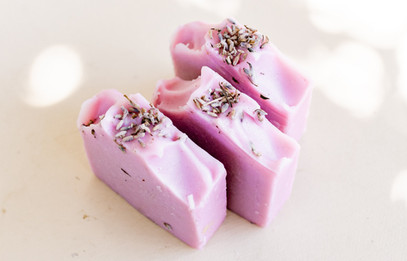Waterless beauty: in a world where we need to save water and turn to Eco-friendly products
- Nikki Lloyd
- Nov 25, 2021
- 3 min read

The beauty world is catching on to the climate change agenda and setting its sights on waterless beauty products. The reasons for this are too many to count but with the average person in the western world now consuming around 140 litres a day, and with the global population expanding and expected to reach 10.2 billion by 2050, the demand for water will soon outstrip the supply.
In fact, according to the World Wildlife Fund, two-thirds of the world’s population may face shortages by 2025, as only 1% of the earth’s water supply is accessible freshwater (the rest is trapped in glaciers and snowfields).
The fact remains with growing concerns about our climate and planet: we need to start slashing our water usage.
What’s the solution?
One way we can do that is by jumping on the waterless beauty trend as the majority of our products list aqua (a fancy word for water) as the first ingredient.
That’s not as hard as it sounds now that leading beauty brands as well as niche companies are on board. L’Oreal has pledged to reduce its water consumption by a whopping 60% (per finished product unit) by next year while other brands are formulating products with zero, or minimal, water and those that can be used without (or with less) water.

Waterless beauty is skin-friendly, too
‘Water is inexpensive and often only used in formulations to add volume,’ says Linda Treska, founder of Pinch of Colour, the world’s first entirely waterless make-up range. ‘In some beauty products, the water content can be as much as 90 per cent, leaving very little room for other beneficial ingredients. We’ve discovered that by removing it, not only are the botanical ingredients like shea butter, apricot and camellia oils left undiluted but the payoff is more hydrating, too.’
The best vitamin C serums also benefit from being free from H20. Vitamin C is notoriously unstable and can be less effective when combined with water..
Add to this the fact that waterless beauty products don’t require preservatives – one of the main causes of sensitive skin – to prevent bacteria from forming and the result is a cleaner, non-inflammatory formula.
New-generation formulas
One solid solution is a beauty bar – a soap-like product to shampoo and condition your hair or deeply cleanse, exfoliate and detoxify your skin. The only water consumed is what you’d normally lather up with, but this is still water use.
‘Liquid-based shampoo and conditioner are composed of up to 95% water and therefore need to be packaged in plastic materials,’ she says. ‘Take out the water, however, and they can be formulated into solid bars and packaged in 100% biodegradable materials. One of the biggest benefits is that they last up to five times as long as their liquid-based counterparts.’
Most beauty bars are also sulphate free, avoiding SLS (sodium laurel sulphate), which makes traditional liquids lather up. The pay off? They are more gentle for the skin and scalp, while a lack of packaging – most are simply wrapped in paper – means less waste, too.
Similarly, cleansers and serums in powder form are a burgeoning trend. These finely-milled powders preserve the purity of ingredients and are less likely to degrade with light (especially vitamin C powder). So you’re guaranteed a potent hit every time you either activate them with water or dissolve them in your moisturiser.
The Truth
Can we truly go waterless or do we really mean we need to go towards sustainability? A great debate?













Comments